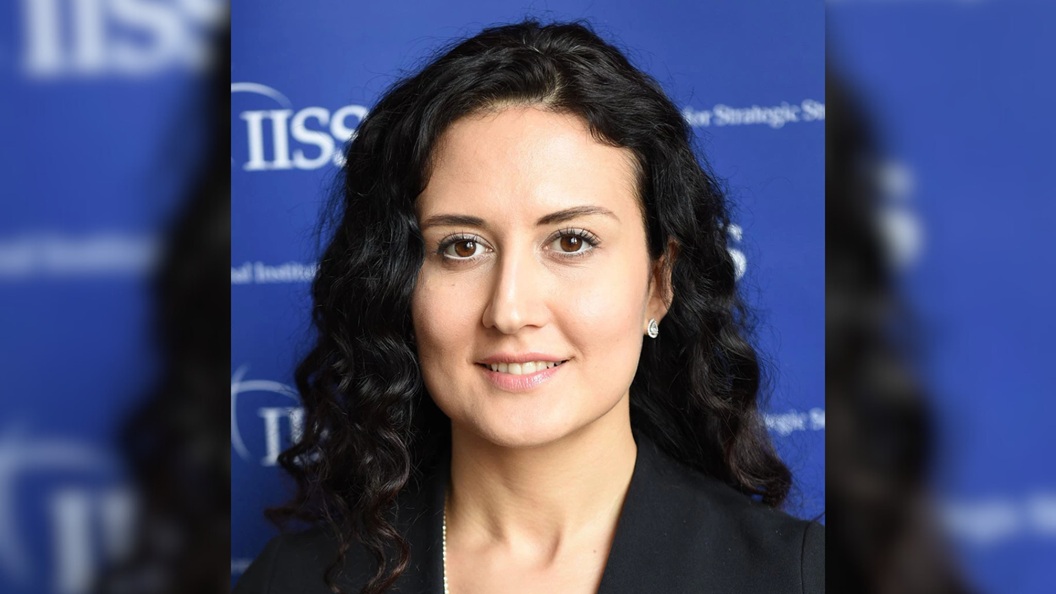Pacific Island Countries don’t stand a chance against the drug crisis, at least not alone.
Head of the Pacific Programme at the Global Initiative Against Transnational Organized Crime (GI-TOC), Virginia Comolli warned that fragmented efforts are failing to stem the tide of methamphetamine and cocaine flooding the region.
“The region must move beyond isolated national responses and work towards a unified strategy,” Ms Comolli said.
“If we do not start thinking regionally and resourcing locally, we are going to lose this fight.”
She said synthetic drugs, once trafficked through Pacific nations en route to Australia and New Zealand, were now increasingly being offloaded and consumed locally. This shift is having a severe impact on communities with limited health infrastructure and law enforcement resources.
Assistant Commissioner Nigel Ryan of the Australian Federal Police (AFP) Pacific Command confirmed that more illicit substances are now remaining in the islands.
“The problem has been that those drugs were destined historically for Australia, but we’re actually seeing more of the product being left in the Pacific,” Mr Ryan said.
“It’s not just a law enforcement problem … it needs to be dealt with holistically.”
Fiji, Samoa, Tonga, and Papua New Guinea have seen a marked rise in local meth use, with record seizures, rising addiction rates, and links to organised crime.
He said regional mechanisms such as the Pacific Transnational Crime Network and the Pacific Islands Forum’s new 2024–2028 transnational crime disruption strategy are being strengthened to counter the threat.
However, Ms Comolli argued that without adequate funding, intelligence-sharing, and inclusion of civil society and health agencies, these efforts would remain limited.



